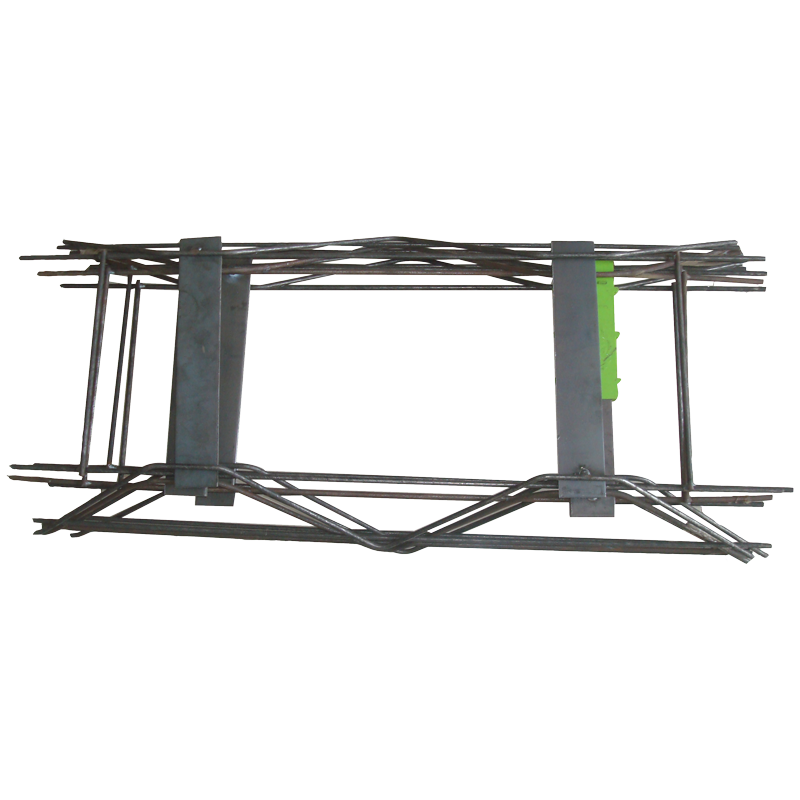
- Mobile Phone
- +8613931874955
- sales@cntcmetal.com
chicken mesh price
Understanding Chicken Mesh Price Key Factors and Market Trends
Chicken mesh, commonly known as chicken wire or poultry netting, is a versatile material widely used in the agricultural industry, particularly in poultry farming. Its primary purpose is to create enclosures that protect chickens from predators while allowing for adequate ventilation and sunlight. However, the price of chicken mesh can fluctuate due to various factors, making it essential for farmers and buyers to stay informed about current market trends and pricing dynamics.
Key Factors Influencing Chicken Mesh Prices
1. Raw Material Costs The primary component of chicken mesh is often galvanized steel or plastic. Changes in the cost of raw materials significantly impact the overall price of chicken mesh. For instance, fluctuations in the price of steel due to global market conditions can directly affect the price of chicken wire. Additionally, the cost of plastic resin—a common alternative material—can also see volatility based on oil prices and supply chain disruptions.
2. Manufacturing Process The method used to produce chicken mesh can influence its price. For instance, hand-woven meshes might be priced higher due to the labor-intensive process involved, while machine-made options are typically less expensive. Innovations in production technology can also lead to cost savings, which may be passed down to consumers in the form of lower prices.
3. Market Demand Seasonality plays a crucial role in determining demand for chicken mesh. Farmers often purchase mesh during specific times of the year, such as pre-spring, when they prepare for new flocks. An increase in poultry farming activity or a rise in small-scale, backyard farming trends can lead to higher demand for chicken mesh, subsequently driving up prices.
4. Geographical Factors Supply chain logistics greatly affect pricing. For example, areas with high agricultural activity might experience increased demand, leading to price spikes. Additionally, transportation costs to remote or rural areas can inflate prices, making chicken mesh more expensive in regions far from production facilities.
chicken mesh price

5. Quality and Specifications Less expensive chicken mesh may be suitable for basic applications, but farmers often desire higher-grade products that can withstand wear and tear, such as those with thicker wire or enhanced rust resistance. As a result, the quality specifications of the mesh contribute significantly to its price.
Current Market Trends
As of late 2023, the market for chicken mesh has seen various trends that could affect future pricing. The rising interest in sustainable and organic farming practices has led to increased investments in high-quality chicken mesh that supports eco-friendly poultry farming. Moreover, technological advancements in manufacturing processes have resulted in improved durability and affordability, offering better value for consumers.
Additionally, the trend of backyard chicken keeping continues to rise, particularly in urban areas. This surge in small-scale poultry farming has contributed to an increase in demand for chicken mesh, prompting manufacturers to adapt their product lines to cater to this new demographic.
Conclusion
Understanding the factors that influence chicken mesh pricing is crucial for farmers and agricultural stakeholders. Keeping abreast of raw material costs, manufacturing processes, seasonality, geographical factors, and emerging market trends can help buyers make informed purchasing decisions. As the agricultural landscape evolves, being knowledgeable about these aspects will ensure that farmers can acquire the right materials at competitive prices, ultimately leading to successful poultry farming practices.
share:
-
Yard Sign Stakes: Reliable Guardians of Outdoor SignsNewsAug.04,2025
-
Wall Ties: Invisible Guardians of Building StabilityNewsAug.04,2025
-
Resilient Web: The Super Guardian Power of Concrete MeshNewsAug.04,2025
-
Masonry Accessories: A versatile assistant on building foundationsNewsAug.04,2025
-
Iron Binding Wire: the 'invisible reinforcement specialist' in the fields of architecture and industryNewsAug.04,2025
-
Dynamic Spring: The diverse functions and excellent performance of Wire Tension SpringNewsAug.04,2025
-
Your Source for Concrete Wall Ties and Masonry AccessoriesNewsJul.10,2025



















